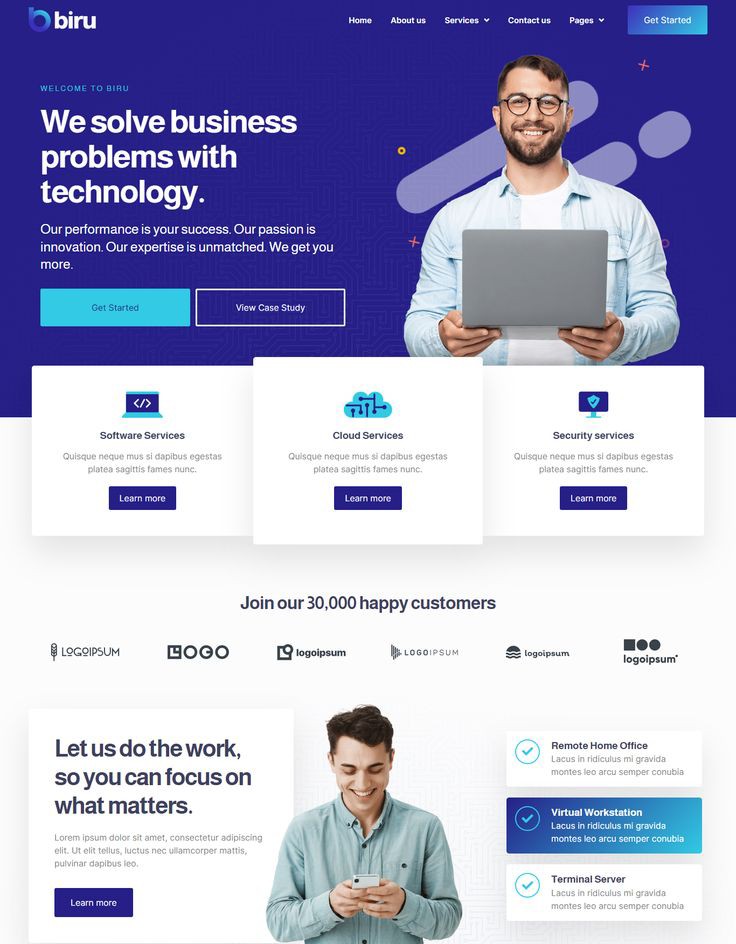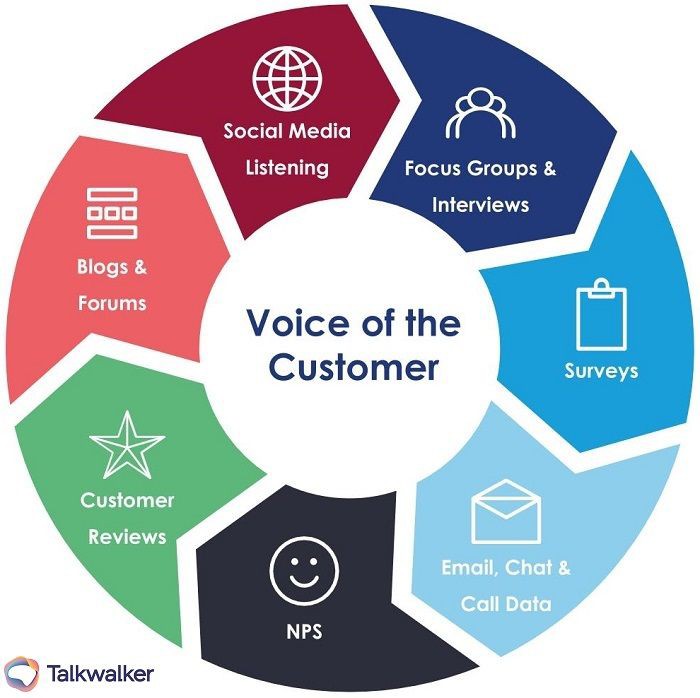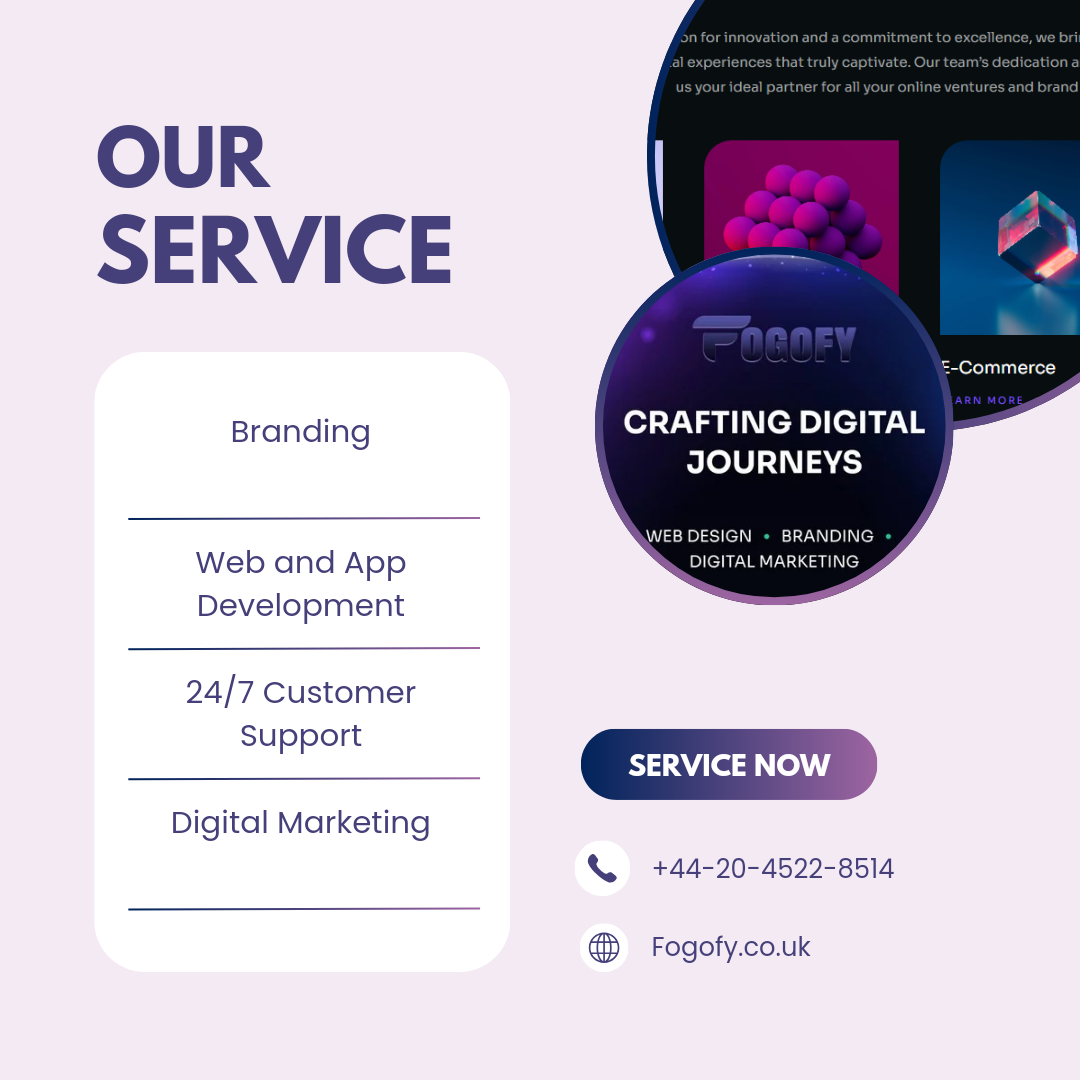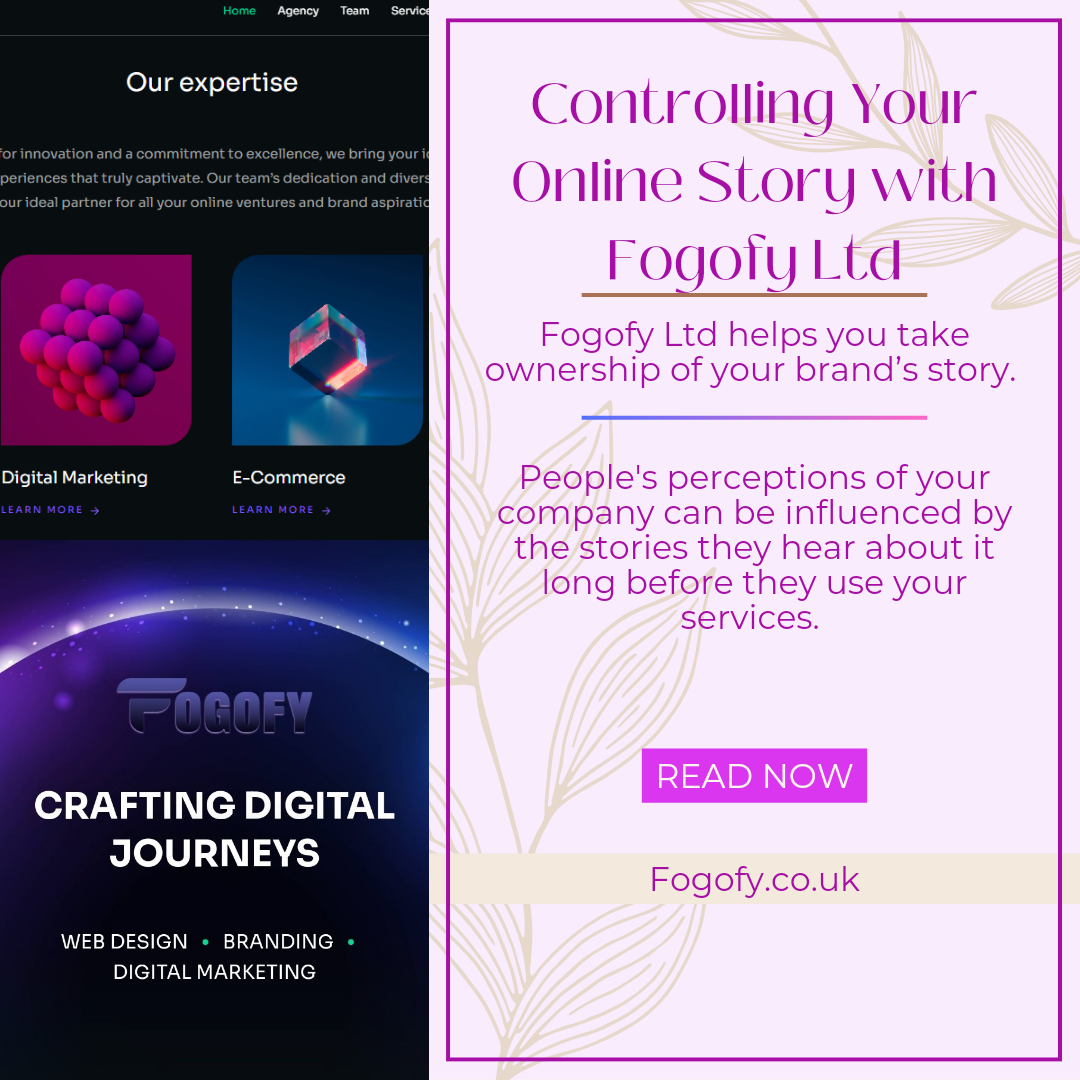If you’re a small business owner, your website should be more than just a virtual storefront. It should actively generate leads, drive sales, and keep your visitors engaged. But what exactly makes a website a powerful conversion machine? It’s all about a few key elements—design, user experience, and functionality.
In this blog, I’ll break down the must-have features every modern website needs to boost conversions and help your business grow.

1. Responsive Design: Mobile-Friendly is a Must
Today, a large portion of web traffic comes from mobile devices. If your website isn’t optimized for mobile, you’re potentially losing out on a huge chunk of visitors. A responsive design ensures that your site looks great and functions well, no matter the device.
- Why it matters: A responsive website offers a seamless experience across smartphones, tablets, and desktops.
- Benefit: Users are more likely to stay on your site, browse your products or services, and ultimately convert into paying customers.
Pro Tip:
Test your website across multiple devices and screen sizes to make sure it’s fully responsive.
2. Fast Loading Speed
Nothing frustrates visitors more than a slow website. In today’s fast-paced world, users expect pages to load almost instantly. Page speed not only impacts the user experience but also influences your search engine rankings.
- Why it matters: If your site takes more than a few seconds to load, visitors are likely to bounce.
- Benefit: Faster loading speeds can dramatically improve user retention, keeping visitors on your site long enough to convert.
Pro Tip:
Use tools like Google PageSpeed Insights to analyze and improve your website’s speed.
3. Clear and Compelling Call-to-Actions (CTAs)
You’ve attracted visitors to your site—now, what do you want them to do? Whether it’s signing up for a newsletter, scheduling a consultation, or making a purchase, you need clear, compelling calls-to-action.
- Why it matters: CTAs guide users through your site and encourage them to take specific actions.
- Benefit: Strong CTAs are key to turning visitors into leads and customers.
CTA Examples:
- “Get a Free Quote”
- “Shop Now”
- “Subscribe for Exclusive Updates”
Pro Tip:
Use action-oriented language and place CTAs strategically, like at the end of blog posts or on landing pages.
4. User-Friendly Navigation
Imagine visiting a website, only to get lost or confused about where to go next. That’s a big turn-off for visitors, and it can kill your chances of conversions. Your site’s navigation should be intuitive and straightforward.
- Why it matters: Easy navigation helps users find what they’re looking for quickly, reducing frustration.
- Benefit: A well-structured navigation keeps visitors engaged and moving through your conversion funnel.
Pro Tip:
Use a simple menu structure and minimize the number of clicks it takes to get to important pages.
5. Lead Capture Forms
To drive conversions, you need to collect information from your visitors. Lead capture forms are one of the best tools to do this. Whether it’s for a free ebook, webinar, or a discount offer, these forms should be simple and to the point.
- Why it matters: Well-designed forms encourage visitors to share their contact information in exchange for something valuable.
- Benefit: Captured leads give you the opportunity to follow up, nurture, and eventually convert them into customers.
Pro Tip:
Ask only for essential information, like name and email, to reduce form abandonment.
6. Search Engine Optimization (SEO)
Driving organic traffic is one of the most cost-effective ways to get visitors to your website. By optimizing your site for SEO, you can rank higher in search engine results, making it easier for potential customers to find you.
- Why it matters: SEO brings in qualified traffic—people actively searching for products or services like yours.
- Benefit: Higher rankings lead to more visitors, and more visitors can lead to more conversions.
Key SEO Elements:
- Optimized titles and meta descriptions
- Quality, keyword-rich content
- Image alt text and proper URL structure
Pro Tip:
Create high-quality blog posts and pages targeting relevant keywords to improve your search visibility.
7. Social Proof and Testimonials
Building trust with potential customers is crucial. Social proof—such as customer testimonials, reviews, and case studies—helps reassure visitors that your product or service delivers real value.
- Why it matters: People are more likely to trust a business if they see positive reviews and real customer experiences.
- Benefit: Social proof increases credibility, making visitors feel more confident in taking the next step.
Pro Tip:
Display testimonials prominently on key pages like your homepage, product pages, and even in your lead capture forms.
8. Live Chat or Chatbots
Sometimes, potential customers have questions before they’re ready to commit. Offering live chat or chatbots provides real-time assistance, helping to address their concerns and move them closer to a conversion.
- Why it matters: Immediate support can prevent users from abandoning your site out of frustration.
- Benefit: Live chat can boost your customer service and increase conversion rates by making the buying process smoother.
Pro Tip:
Use chatbots to answer common questions, freeing up time for your team while still providing valuable customer interaction.
9. Analytics and Tracking
To improve your conversions, you need to understand what’s working and what’s not. Setting up analytics tools like Google Analytics helps you track user behavior, conversions, and more.
- Why it matters: Analytics data allows you to identify pain points and optimize your website for better performance.
- Benefit: By understanding which pages convert best, you can double down on successful strategies and improve underperforming areas.
Pro Tip:
Regularly review your analytics data and make informed decisions about your website’s design and content.
10. Secure and Trustworthy
Lastly, your website must be secure. With increasing concerns over privacy and data breaches, visitors need to feel safe sharing their information. A secure website with HTTPS encryption and visible trust signals (like security badges) builds confidence.
- Why it matters: Visitors are more likely to convert if they trust that their personal data is safe.
- Benefit: Increased trust leads to more conversions, especially in eCommerce or lead generation sites.
Pro Tip:
Get an SSL certificate to ensure your site is secure and display trust badges where appropriate.
Wrapping It Up
By focusing on design, user experience, and functionality, you can transform your website into a powerful tool for driving conversions. From fast load times to compelling CTAs and seamless navigation, each of these elements plays a role in turning visitors into customers.
Is your website ready to convert? If not, it might be time to implement these features and start driving the results you deserve!








